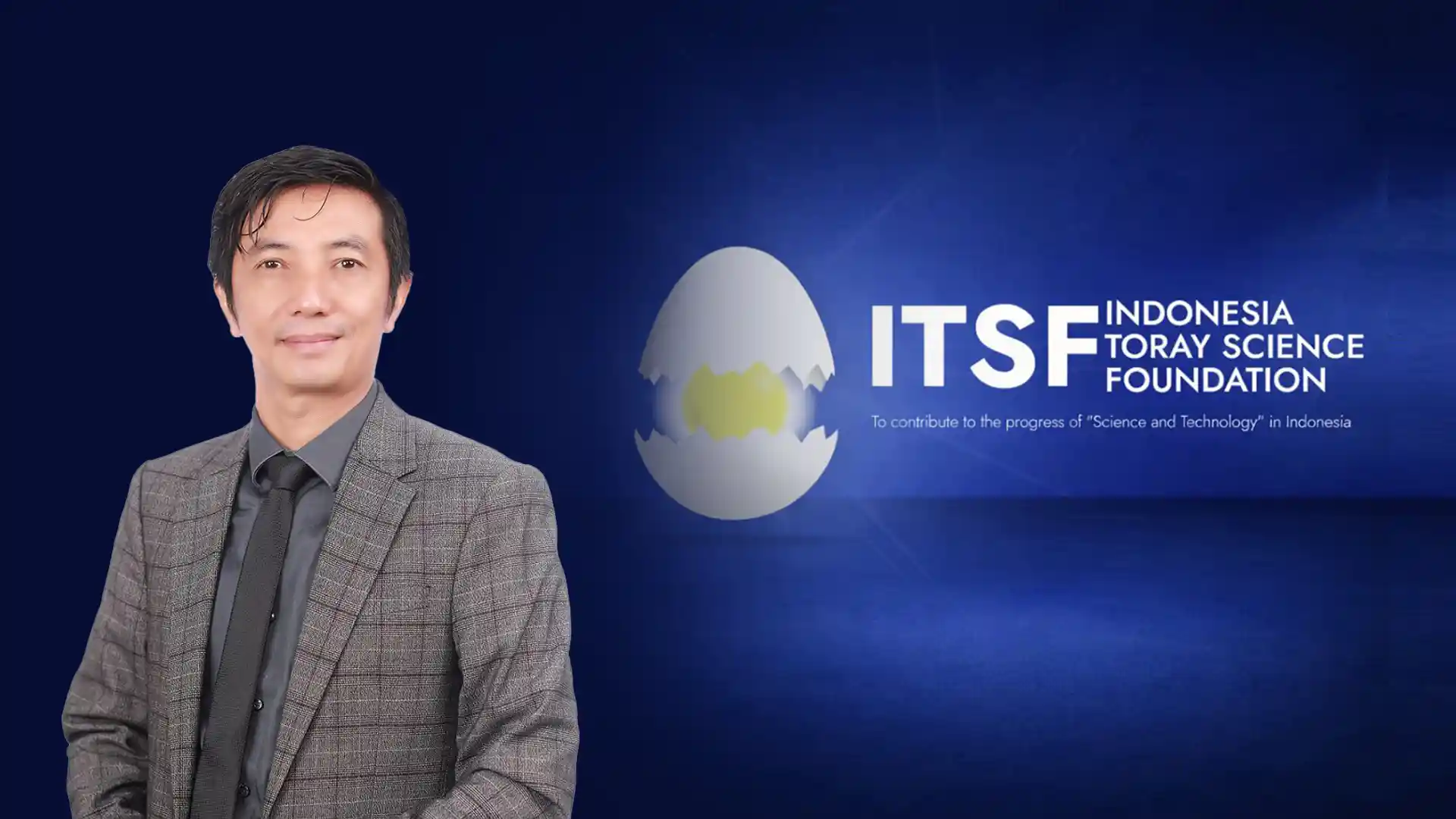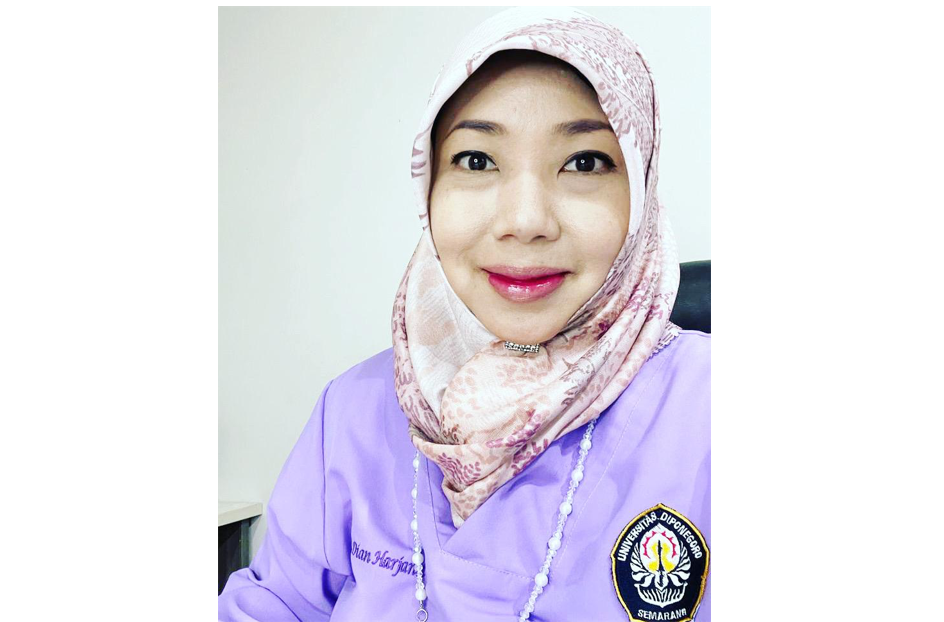The government officially declared Eid al-Adha on June 29, 2023. To ensure the safety and smooth implementation of the Eid al-Adha sacrificial worship (qurban), the public needs to know how to choose a sacrificial animal and organize a sacrifice during an outbreak of infectious animal diseases, namely Foot and Mouth Disease (FMD), Lumpy Skin Disease (LSD), and Peste des Petits Ruminants (PPR). The three animal diseases are not zoonoses, so they are not dangerous to society and are not transmitted to humans through live animals or their meat. The precautions are aimed at preventing the spread between susceptible animals, which will later negatively impact the livestock sector and the availability of animal protein.
Foot and Mouth Disease (FMD) is a highly contagious viral disease that affects animals with cloven hoofs, such as cattle, buffalo, sheep, and goats. The FMD virus can survive in the environment for a long and stay in bones, mammary glands, and milk products. The incubation period is 1 to 14 days, with 100% morbidity and high mortality in young animals.
Based on the Fatwa of Indonesian Ulema Council (MUI) Number 32 of 2022, concerning “Laws and Guidelines for Sacrificial Worship During Outbreaks of Mouth and Nail Disease,” animals with FMD have clinical symptoms in the mild category, such as mild blisters in the mouth and fingernails, lethargy, lack of appetite and drooling more than usual (hypersalivation) are legal as sacrificial animals. Meanwhile, the clinical symptoms of FMD are in a severe category, such as blisters on the feet until the nails fall off and cause a limp and difficulty walking or even being unable to stand, and the animal is skinny. In that case, according to the law, those animals are not valid to be used as sacrificial animals.
Mild clinical symptoms do not significantly affect the quantity and quality of the meat produced. Thus the meat remains fit for consumption after going through the withering process for at least 24 hours or the boiling/cooking process for at least 30 minutes. FMD is not contagious to humans, and the virus is easily killed by boiling in boiling water for at least 30 minutes. Heads, bones, and viscera can be boiled first at 70°C for a minimum of 30 minutes before distribution to prevent the spread of disease to susceptible animals.
Lumpy Skin Disease (LSD) is caused by a virus that causes solid lumps on the skin almost all over the body. This disease can be transmitted to cattle and buffalo through insect bites. LSD disease is not contagious to humans. The morbidity rate reaches 80% and the mortality rate reaches 10%. At this time, the world of animal husbandry and health is also on alert for Peste des Petits Ruminants (PPR) disease which can attack small ruminants (goats and sheep). A virus causes PPR disease and is not contagious to humans, but it is effortless to infect susceptible animals. Symptoms of PPR are characterized by thick, yellowish mucus from the nose and eyelids, sores on the lips, mouth, and tongue, and diarrhea, which can be accompanied by blood.
The Indonesian Ulema Council (MUI) has issued Fatwa Number 34 of 2023 concerning “Guidelines for Carrying Out Sacrificial Worship during the Spread of Lumpy Skin Disease (LSD) and Anticipation of Peste des Petits Ruminants (PPR) in Sacrificial Animals.” Animals infected with LSD with clinical symptoms in the mild category, i.e., the lumps have not yet spread, and the animal is not significantly affected (does not experience emaciation), are legally allowed to be used as sacrificial animals. Whereas in the category of severe LSD infection, where the spread of lumps on the body reaches 50% or more, some lumps have broken and become scabs, and scar tissue has formed, then based on the MUI’s Fatwa it is not legal to make a sacrificial animal. LSD infection with severe category will cause damage to the skin and on the surface of the flesh. Animals infected with PPR with Sub-Acute symptoms are legally valid to be used as sacrificial animals. Sub-acute PPR symptoms include a body temperature of 39 – 40°C and do not show severe clinical signs. Meanwhile, animals infected with PPR with per-acute clinical symptoms are not legally used as sacrificial animals. Symptoms of Per-Acute PPR include high fever (temperature 40-42°C), depression, thick yellow discharge in the eyes and nose, shortness of breath, severe watery diarrhea (profuse watery diarrhea), which usually takes a long time to pass cured, and it is possible to continue death within 4-5 days.
The community needs to know the characteristics of healthy animals and be able to carry out general health observations independently. The characteristics of a healthy animal include: being active, having a good appetite, not having dull fur, a cow with a wet nose, shining eyes, a clean mouth, and a clean rectum/anus. Meanwhile, the way to carry out an examination/assessment of animal health includes observing the animal from the right, left, front, and rear. Then ask the dealer to walk the animal to see if the leg is limping. To find out appetite, prospective buyers can try to provide feed. Healthy cattle will respond if approached and fed. Observations can also be made on the body and eye openings, whether there is abnormal mucus discharge, skin, and fur. In cattle, the nose mirror is also observed; the healthy/normal condition of the nose mirror is wet, but if the nose mirror is dry, it indicates the animal is sick/fever. Additional tips for choosing sacrificial animals for the community are: Animals must be ensured to have an Animal Health Certificate (SKKH), and animals originating from areas that are not currently infected with infectious animal outbreaks.
Furthermore, the community frequently asks whether the sacrificial animal must be male. Most scholars state that the sacrificial animal may not have to be male but female. However, it is highly recommended to choose a male sacrificial animal. The choice of animal sex follows Law Number 41 of 2014 concerning Animal Husbandry and Animal Health, article 18 states that: “Everyone is prohibited from slaughtering small productive female ruminants or large productive female ruminants.”
The prohibition of slaughtering productive females is to maintain and increase the population of large ruminants (cows, buffaloes) and small ruminants (goats and sheep). The next question may arise if the female livestock is no longer productive or is rejected; whether it is still appropriate for the sacrifice. Of course, we want to provide the best quality sacrificial animals for our worship, especially in our environment. There are quite a lot of livestock to be sold as sacrificial animals. Furthermore, if the sacrificial committee finds a suspicion of animal disease or doubts about the health condition of the sacrificial animal they have received, they must immediately report to the Veterinarian on duty or the Office in charge of Animal Husbandry and Animal Health functions.










